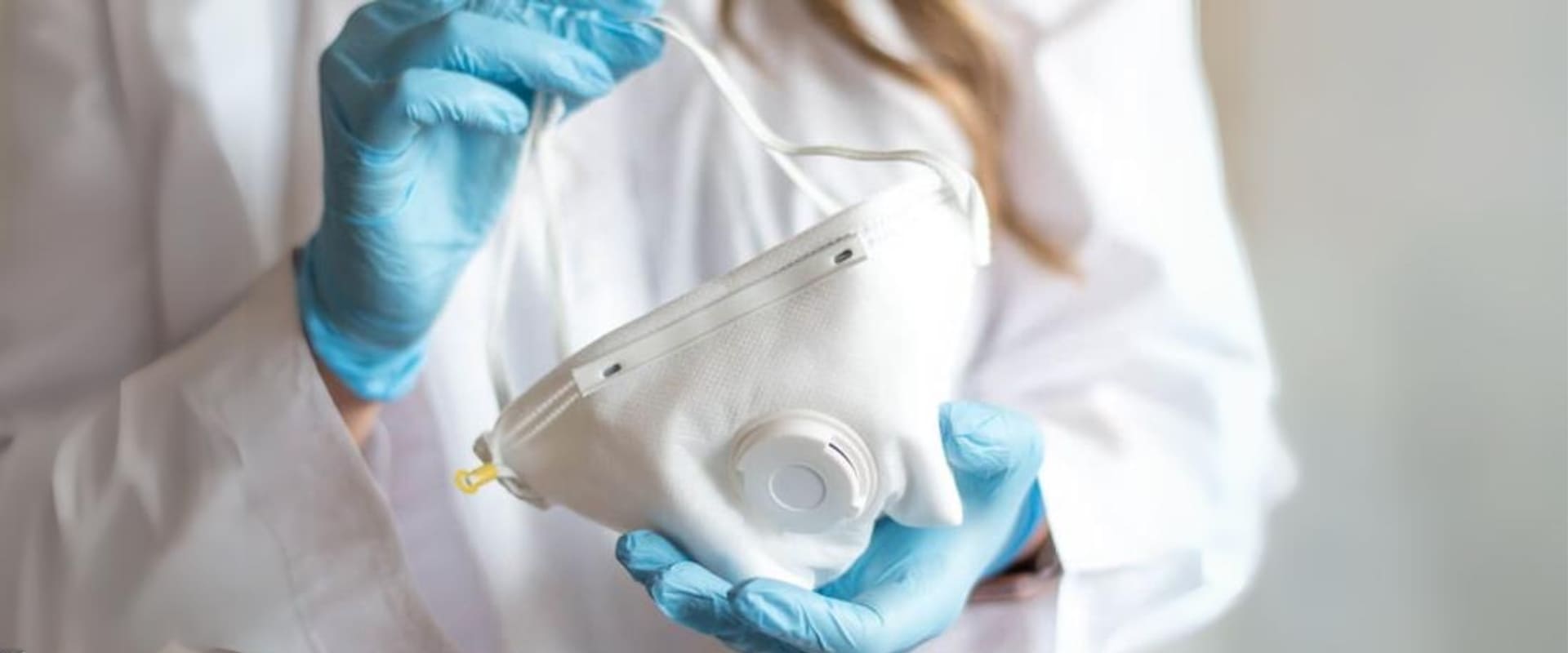Abstract
Responsive barriers in personal protective equipment (PPE) dynamically adapt to external stimuli, enhancing their effectiveness against chemical and biological hazards. Key components include shape memory polymers, polymer gels, superabsorbent polymers, and polymeric ionic liquids, showcasing a versatile and innovative approach in developing adaptive protective systems.
Blog
Responsive barriers in personal protective equipment (PPE) refer to chemical and biological protective systems that change their properties when exposed to external stimuli. These changes are designed to enhance the protective performance of the PPE, making it more effective in shielding individuals from chemical and biological hazards. Several types of barrier membranes, such as shape memory polymers, polymer gels, superabsorbent polymers, and polymeric ionic liquids, have been developed for their application in PPE to modify and improve their properties.
Here's an elaboration on the key components and concepts mentioned:
Responsive Barriers
Responsive barriers in personal protective equipment (PPE) refer to chemical and biological protective systems that change their properties when exposed to external stimuli. These changes are designed to enhance the protective performance of the PPE, making it more effective in shielding individuals from chemical and biological hazards. Several types of barrier membranes, such as shape memory polymers, polymer gels, superabsorbent polymers, and polymeric ionic liquids, have been developed for their application in PPE to modify and improve their properties.
Types of Barrier Membranes:
- Shape Memory Polymers: These polymers can "remember" their original shape and return to it when triggered by an external stimulus, such as heat.
- Polymer Gels: These are three-dimensional networks of polymer chains swollen with a solvent. They can change in response to changes in temperature, pH, or the presence of specific substances.
- Superabsorbent Polymers: These polymers can absorb and retain large amounts of liquid relative to their mass, making them useful in creating barriers against fluids.
- Polymeric Ionic Liquids: These are ionic liquids that are polymerized, resulting in materials that can have tunable properties and respond to changes in the environment.
In summary, the development and incorporation of responsive barrier membranes in PPE represent an innovative approach to improving the effectiveness of protective systems. These materials can adapt to changing conditions, providing a more dynamic and versatile defense against chemical and biological hazards.



